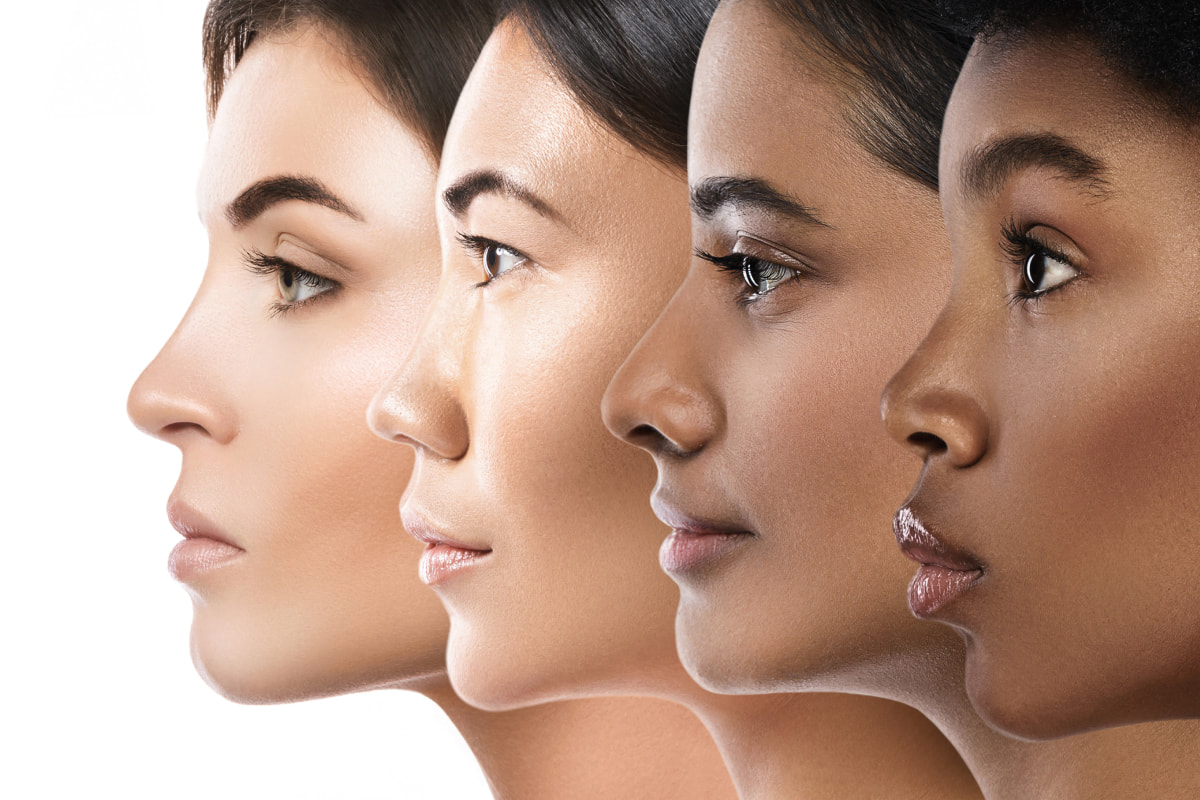For your peace of mind, we offer an annual routine skin health check-up, from the scalp to the soles of your feet. This can detect any moles or skin cancers. Our Dermatologists will examine each lesion with a dermatoscope, allowing examination of the hidden pigment structure of a mole. A printed mole check report will be provided, explaining how to monitor your moles yourself in between clinical checks.
Not sure which skin type you are?
If you are unsure on what skin type you may be please read the below descriptions. If you are still unsure or have any further questions why not book a Skype consultation with one of our experts?
Normal Skin
'Normal skin' means that you have uncomplicated, well hydrated skin, which is neither too dry nor too oily. You feel comfortable in your skin and don't suffer with oiliness, breakouts, dry or flaky skin.
Oily Skin
'Oily skin' is characterised by excess oil production in the skin's sebaceous glands. Your skin looks shiny, even more so in the second half of the day. You might also suffer with enlarged pores and may have a tendency for breakouts.
Combination Skin
You are classes as a 'combination skin' type, of some skin areas of your face are oily, while others are dry. Often the T-zone (forehead, nose, chin) might produce excess oil and look shiny, but the cheeks feel dry.
Dry Skin Without Breakouts
Your skin feels dry and looks dull and possibly even flaky. It might even feel tight, uncomfortable or itchy. You might have a tendency to react over-sensitively to skincare products applied. You don’t suffer with breakouts, bumps or blotches!
Dry Skin With Breakouts
Your skin feels dry, possibly even tight and uncomfortable, but you also suffer with breakouts. Your skin may feel 'bumpy', look 'blotchy' or you may have spots and/or pimples. You may or may not experience a tendency for facial redness and flushing. Your skin may or may not sting after applying certain skincare products.

